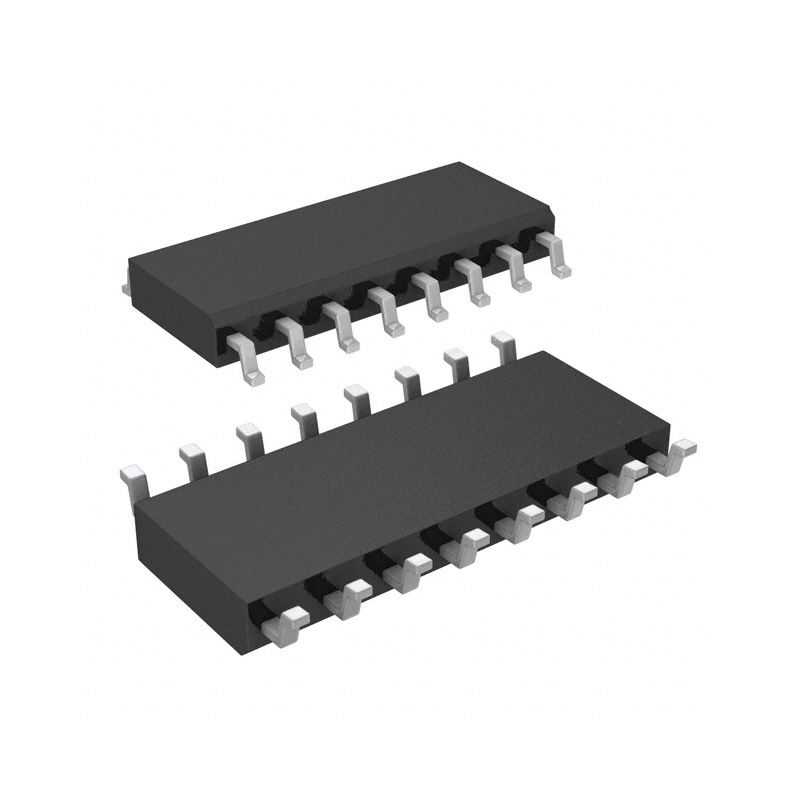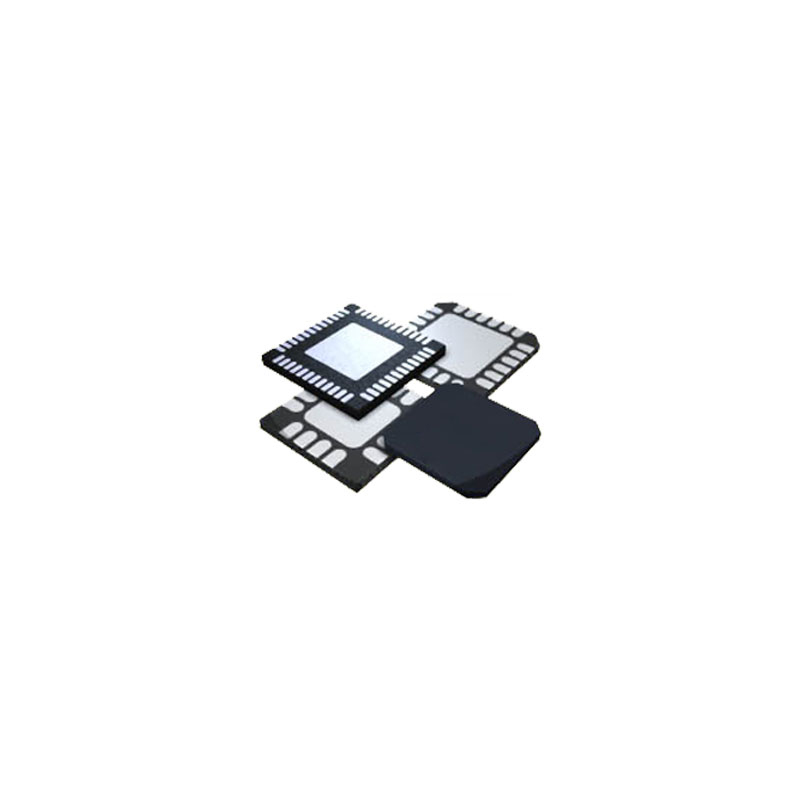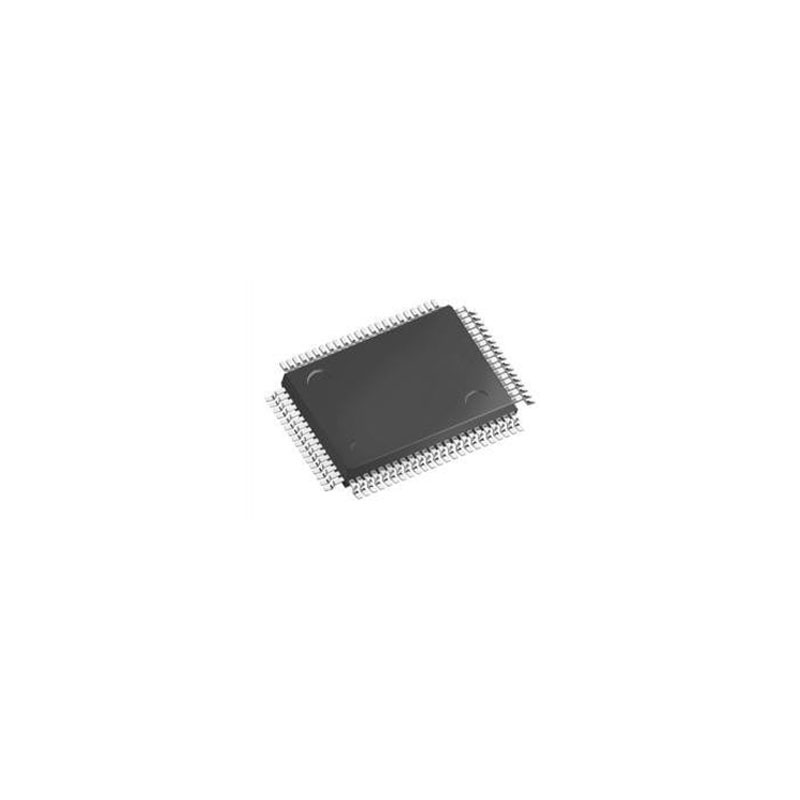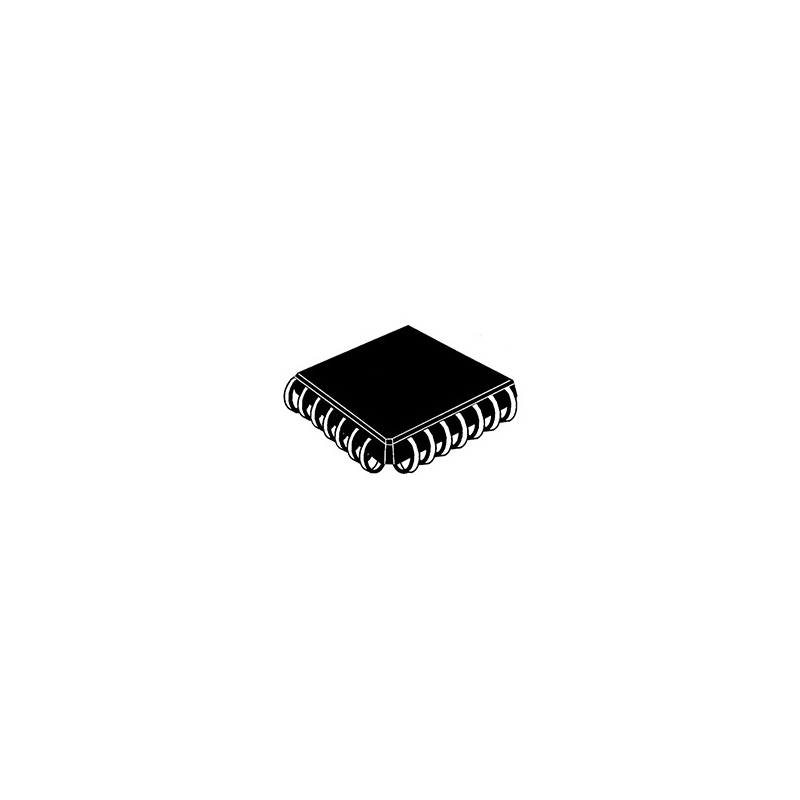A Complete Guide of Type-C connector Interface 2023
 Published: Apr 26, 2023
Published: Apr 26, 2023
Contents
USB Type-C is no longer a brand new topic. The biggest difference between this USB interface protocol and the Type-A commonly used for notebooks or Micro-B for Android phones is that USB Type-C supports forward and reverse plug design. With the symmetrical design of 24 pins on the top left and bottom right, half of the pins are available for normal operation for both forward and reverse plugs.
The simplest USB Type-C interface, supporting USB 2.0 (D+ and D- in Table 1), adds high-speed signal pairs to support USB 3.1 Gen1 (5Gbps), USB 3.2 Gen2 (10Gbps), and USB 34 Gen3 (40Gbps) transfer speeds (Tx+- and Rx+- in Table 1).
In addition, USB Type-C can be through the Power Delivery (hereinafter referred to as PD) protocol, the power supply wattage from the original 5V/3A up to 20V/5A, the current USB-C specification 2.1 revision, but has been 100W whole to 240W (), at the same time, the version after PD 2.0 added Alternative Mode (hereinafter referred to as Alt-Mode), through Alt-Mode can be redefined Table 1 pin definition, so that the USB Type-C connector in addition to transferring data, power, but also to transfer video information.
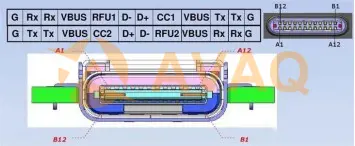
USB4 Transmission Rate Increased to 40Gbps
1. The transmission bandwidth: USB4 maximum is 40Gbps.
2. The transmission protocol: USB4 through tunneling technology to encapsulate USB 3.2, DP and PCIe protocols into data packets and send them simultaneously.
3. The transmission of DP: USB4 can be configured through DP Alt Mode (alternative mode) in addition to the output, but also through the USB4 tunneling protocol packets to extract the DP data.
4. PCIe transmission: USB4 supports the transmission of PCIe, through the USB4 tunneling protocol packets to extract the PCIe data.
5. TBT3 transmission: USB4 supports TBT3 transmission, that is, through the USB4 tunneling protocol packets to extract the PCIe and DP data.
6. Host to Host: communication between the host and the host, USB4 support. Mainly USB4 support PCIe protocol to support this feature.
Note:Tunneling technology can be seen as a technology that integrates data from different protocols together and distinguishes the types through packet headers.
In USB4, DisplayPort video, USB 3.2 data and PCIe data can be transmitted in the same channel, which is the biggest difference between the two. The USB4 lane can be imagined as a lane for all types of vehicles, with USB data, DP data and PCIe data imagined as different cars. USB3.2, DP and PCIe data are first aggregated together, sent out through the same channel to each other's devices, and then separated out into three different types of data.
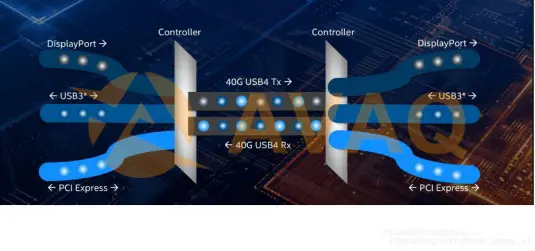
PPS Specification to Meet the Needs of Fast Charging
In the past, in order to shorten the charging speed, the output voltage of the charger was increased to increase the charging wattage into the phone. However, because of the inefficiency of the step-down circuit in the phone to convert high voltage down to low voltage, it leads to the heating of the phone for charging.
To solve this problem, we hope to remove the step-down line in the phone, so that the output of the charger is directly connected to the phone battery, the output can be adjusted with the battery voltage changes, so there is a definition of PPS. PPS is like a standard fixed output PD, defined in four standard voltage: 5V (adjustable 3 ~ 5.9V), 9V (adjustable 3 ~ 11V), 15V (adjustable 3 ~ 16V), 20V (adjustable 3~21V ), in each set of adjustable voltage range, the recipient can adjust the power supply for a minimum of 20mV voltage step or 50mA current step according to the current condition of the power supply.
If combined with the latest development of the chip maker's Voltage Scaler for different multiples of the device side, the 3A wire can be used for 6A, 9A or 12A high current charging of the battery. In addition, in the USB Type-C version 1.3, the new Vconn Power Device (VPD) specification, VPD devices can not only accept the original Vbus power supply, but also accept the minimum 3V voltage provided by Vconn.
The purpose of the minimum 3V is that a lithium battery is often placed in mobile devices, and the minimum discharge voltage of a single lithium battery is generally set at 3V. Previously, when power was supplied through the Vbus of the USB interface, the power supply side had to step up the battery voltage to 5V through the boost line, while the receiving side would step down the 5V to 3.3V or 1.8V through the buck chip for other internal chips, resulting in power conversion on both sides and loss of performance. conversion and loss of performance.
In the past, when the power was supplied through the Vbus of USB interface, the power supply side had to step up the battery voltage to 5V through the boost line, while the receiving side would step down the 5V to 3.3V or 1.8V through the buck chip for other internal chips, resulting in power conversion on both sides and loss of performance.
If the battery voltage can be supplied directly through Vconn, there is no need to place other power conversion chips on the power supply or receiving side, which can significantly improve the overall power conversion efficiency. As for the E-Marker mentioned earlier, it is placed in both ends of the USB Type-C cable and is used as the cable's ID card to store the cable's information, including the loadable current (3A or 5A), USB speed (USB 2.0 or USB 3.1), and the cable's withstand voltage, etc. The power required for the E-Marker is provided by the power supply from Vconn. The power required for E-Marker is provided by the power provider from Vconn.
USB Type-C and DisplayPort, PCIE
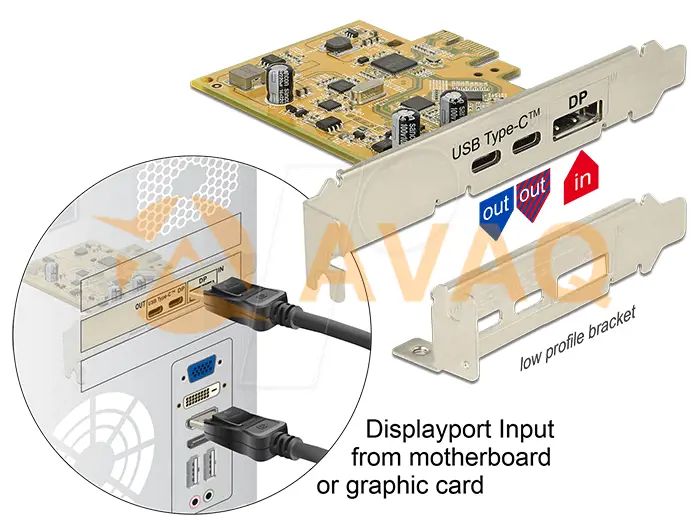
USB PD is a BMC encoded signal, while the previous USB was FSK, so there is incompatibility, I don't know if there is a product on the market that can convert. The DFP will enter the alternate mode when it reads the device that supports DP or PCIe. If the DFP recognizes the device as DP, it switches the MUX/Configuration Switch so that the Type-C USB3.1 signal pin is changed to transmit the DP signal.
The AUX auxiliary is transmitted by Type-C's SBU1 and SUB2. HPD is a detection pin, similar to CC, so it is shared. And DP has lane0-3 four sets of differential signals, Type-C has RX/TX1-2 is also four sets of differential signals, so no problem to completely replace. And in the DP protocol alternative mode, you can USB signal and DP signal transmission at the same time, RX/TX1 transmission of USB data, RX/TX2 replacement for lane0,1 two groups of data transmission, at this time can support up to 4k.
If the DFP recognizes the device as DP, it switches the MUX/Configuration Switch, so that the Type-C USB3.1 signal pin is changed to transmit PCIe signals. Similarly, PCIe uses RX/TX2 and SBU1,SUB2 to transfer data, and RX/TX1 to transfer USB data. The advantage of this is that one interface uses two devices at the same time, and of course, a conversion cable will do the trick without any chips.
Summary
USB Type-C by virtue of the advantages of the connector to kill the jungle, has been successful soon to top, a variety of areas of application unstoppable trend, Apple's MacBook more people know the convenience of the USB Type-C interface, but also let everyone see the future development trend of the device.
In the next few days, USB Type-C devices will continue to come out; USB Type-C interface will undoubtedly gradually popularize and reign in the next few years, and in cell phones, tablets and other mobile devices, it has several features that allow cell phones to charge faster, have higher data transfer speeds, support display output, more suitable as the output interface for mobile devices.
Most importantly, there is a great need for a universal universal interface to enhance connectivity between various devices, and the USB Type C connector provides a reversible plug-in interface; the socket can be inserted from either direction for easy and reliable plugging, the connector also needs to support a variety of different protocols and can be backward compatible with HDMI, VGA, DisplayPort and from a single C Type-C USB port for other connection types, for electromagnetic interference (EMI) and other harsh environments in the performance, and these features or Type-C interface will truly become the future of the unified interface, not just the application areas you see!
 Popular Industry Focus
Popular Industry Focus
Hot Products
-
![AT65-0263]()
AT65-0263
te connectivity
Miscellaneous radio frequency equipment
-
![U5601-000205-015PA]()
U5601-000205-015PA
TE Connectivity
Industrial Pressure Sensors PRESS XDCR U5601-000205-015PA
-
![4515DO-DS3BK020DPL]()
4515DO-DS3BK020DPL
TE Connectivity
Pressure Sensor 0.72PSI (4.98kPa) Differential Male - 0.14" (3.56mm) Tube, Dual 14 b 8-DIP Module
-
![86-050A-C]()
86-050A-C
TE Connectivity
Pressure Sensor 50PSI (344.74kPa) Absolute 0 mV ~ 100 mV Cylinder
-
![SM9235-BCE-S-300-002]()
SM9235-BCE-S-300-002
TE Connectivity
Board Mount Pressure Sensors 300PA DIFF. DIGITAL PRESSURE SENSOR
-
![1230-030D-3S]()
1230-030D-3S
TE Connectivity
Pressure Sensor 30PSI (206.84kPa) Differential Male - 0.13" (3.18mm) Tube, Dual 0 mV ~ 100 mV 8-DIP Module
Related Parts
-
![Hi3556V100]()
Hi3556V100
HISILICON
-
![Si7686DP]()
Si7686DP
VISHAY
N-Ch. Reduced Qg, Fast Switching MOSFET; PWM optimized;
-
![SiR880DP]()
SiR880DP
VISHAY
N-Channel 80 V (D-S) MOSFET 100 % UIS Tested
-
![SI1080]()
SI1080
VISHAY
Proprietary Si10xx Sub-GHz Wireless MCPs
-
![H26M31002GPR]()
H26M31002GPR
SKHYNIX
4GB eMMC Nand Flash
-
![XE1401]()
XE1401
SEMTECH
Multi-National 14,400 BPS Embeddable Modem
-
![RTL8197FNT]()
RTL8197FNT
REALTEK
-
![MSM6290]()
MSM6290
QUALCOMM
-
![NJW1157]()
NJW1157
JRC
8-CHANNEL ELECTRONIC VOLUME WITH INPUT SELECTOR
-
![AUO-M201-20]()
AUO-M201-20
AUO
-
![AM79C972]()
AM79C972
AMD
PCnet⑩-FAST+ Enhanced 10/100 Mbps PCI Ethernet Controller with OnNow Support
-
![AM29040]()
AM29040
AMD
Am29040? Processor Data Sheet
-
![9PC8666X-S001]()
9PC8666X-S001
SANYO DENKI
Fan PWM Controller For
-
![ASP-161801-01]()
ASP-161801-01
SAMTEC


 Update Time: Apr 26, 2023 Consumer Electronics
Update Time: Apr 26, 2023 Consumer Electronics